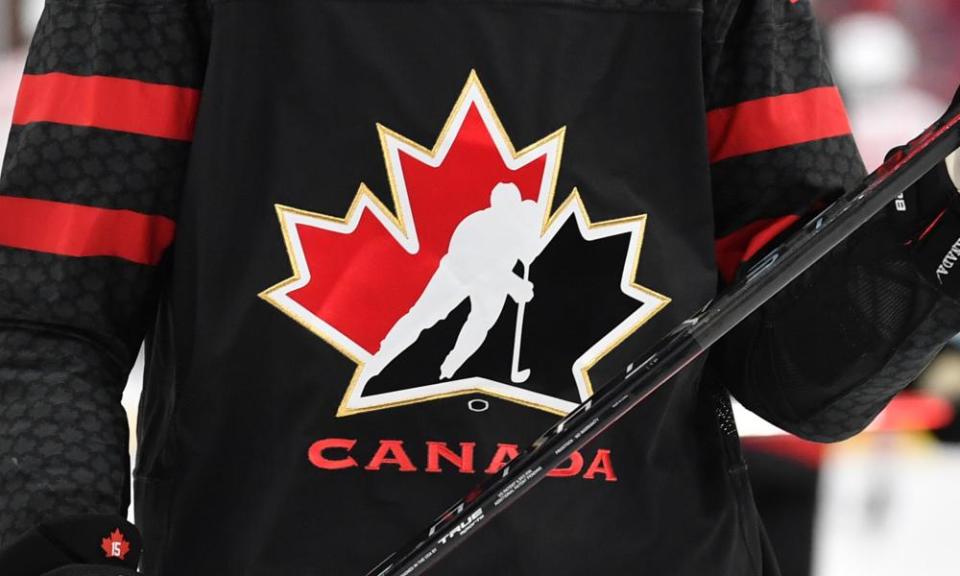How Hockey Canada’s code of silence helped rot the country’s national sport

“Our board frankly does not share the view that senior leadership should be replaced on the basis of what we consider to be substantial misinformation and unduly cynical attacks,” then-interim Hockey Canada board chair Andrea Skinner told parliamentarians last Tuesday – just days before her own resignation, and exactly a week before the organization’s CEO and entire board of directors stepped down. “I appreciate that others disagree with us, but our positions are based on the information that we have and understanding that Hockey Canada has an excellent reputation.”
What new information arose between Skinner’s statement and the mass resignations a week later? In the wake of Skinner’s testimony, multiple corporate sponsors, including Nike, Bauer, and Tim Horton’s walked away from Hockey Canada’s men’s program. Multiple provincial hockey governing bodies did, too. And the prime minister, Justin Trudeau, suggested that perhaps the federal government, from which Hockey Canada receives significant annual funding to oversee the sport at a minor level across Canada, ought to simply create a new body to do the job. All that was indeed technically new.
But really, the information available to Skinner, former CEO Scott Smith, and the rest of Hockey Canada’s directors when they resigned was the same information they had in June. That was when Smith first spoke to parliamentarians about a settlement Hockey Canada paid to the alleged victim of a sexual assault that she said involved multiple players from the 2018 under-20 world champion Canadian team. In fact, what Hockey Canada’s higher-ups knew this week and knew months ago is what they’ve likely always known, but have, naturally, avoided talking about. They know about silence.
Related: Hockey Canada’s board and CEO resign amid fallout from sexual abuse scandal
Just months before Hockey Canada reached its settlement over the alleged 2018 incident, the Canadian Hockey League – the umbrella organization that oversees three major junior leagues across the country (and where the alleged 2018 assault perpetrators would have played at the time) – released the findings of two reports on “player wellbeing”. One was the results of a survey launched by an independent panel appointed in 2020 to ask hundreds of coaches, general managers, players, personnel, and families about off-ice misconduct in major junior hockey.
The survey found that misconduct – things like hazing, assault, and bullying – that “outside hockey would not be acceptable, has become embedded behaviour” within the CHL. Why wasn’t bad off-ice behaviour reported? For one, it had become accepted “as ‘normal’ for the sport.” The survey found that there was also confusion as to what qualified as a reportable event, as well as a lack of understanding of how to report one. But these were just procedural reasons for not talking. There were also emotional factors. Fear was one – the fear of reprisal, stigma, or further mistreatment. A sense of loyalty was another. There was also a general lack of trust in those to whom incidents would be reported and the belief that there might be insufficient consequences.
And, the panel concluded, there had simply been a general agreement in hockey that nothing should be said – a “code of silence.”
This summer, Hockey Canada sent out a survey to parents, coaches, and volunteers associated with minor hockey. Among the questions, Hockey Canada wanted to know how much people agreed with statements like “the level of criticism by the media toward Hockey Canada is overblown” and “incidents such as this are unlikely to happen again.” Respondents were annoyed. “How can they be so clueless?” wondered one Ottawa hockey mom to the CBC. Clueless is one way to put it.
Another way to see it is as completely logical. Hockey Canada doesn’t just develop players, it develops its own leadership at the same time. Many of the departed board members had been involved in the sport for decades. It’s fair to wonder if, as products of the very system they oversaw, they were simply incapable of projecting anything other than the silence around that (broken) system. Perhaps no better proof of that exists than when we last heard their collective public voice display their version of talking – that of Skinner’s aggressive push-back, delayed culpability, and attempts to frame the conversation in such a bizarre, accusatory space where no constructive discussion could ever happen. Maybe fittingly, it was a deliberate strategy of speaking while saying nothing at all for as long as possible. A delay tactic, if you will.
In its statement Friday, Hockey Canada said that an “urgent need for new leadership and perspectives” drove the mass exit of Hockey Canada’s directors. The new directors of Hockey Canada will surely have their work cut out for them. Canadians expect change. A good place to start might be to understand the definition of “urgent”.

